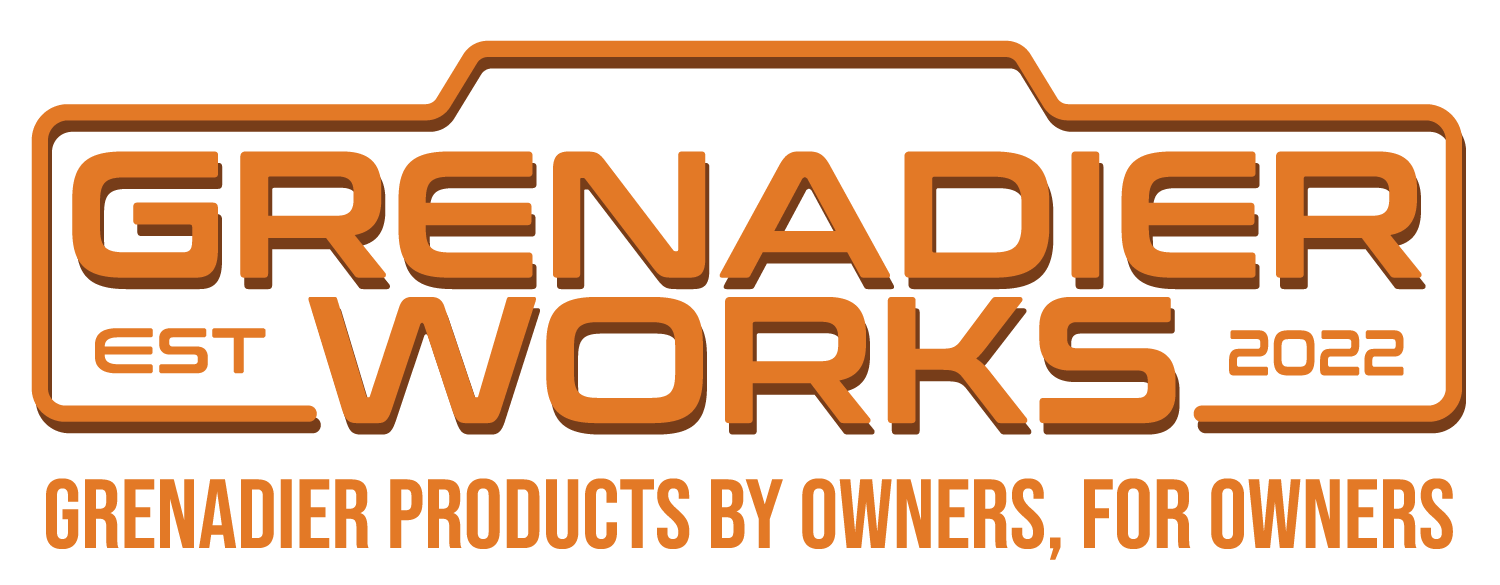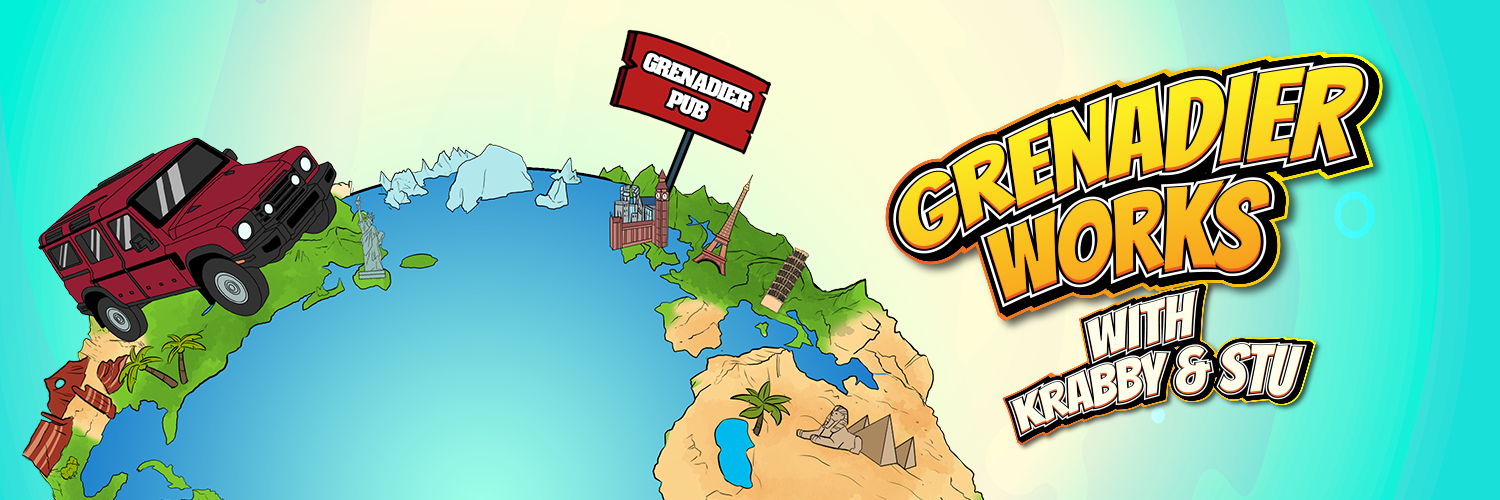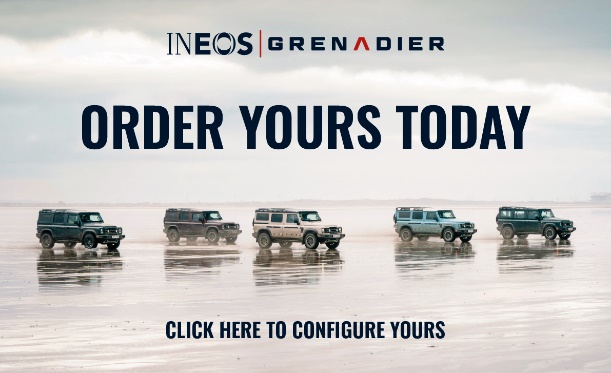Another widely unknown fact is, that the expedition purchased a used Land Rover Series 2a in Panama. It was used to scout. So the setup was a scouting Series 2a in front, then a guy walking the path, then the two Range Rovers.
The Series 2a was really battered, when they arrived in Colombia, brakes weren't working anymore. It was stopped by driving against anything suitable. But, it didn't need any spare part (ok, to pass the MOT a few things would have helped). The Range Rovers had to be supplied with spare parts as some differentials gave up, when they decided to use mud tires. After loosing a few differentials, they changed back to the standard tire. It showed that the differentials couldn't cope with that high and long lasting stress put on them by the increased force of the resistance of the mud tires. It was better to have the wheels spinning.
AWo
Rover when developing the Range Rover believed they could save costs and use two smaller diffs and axles from the parts bin in the Range Rover because the unsprung axle mass was less for better handling and the V8 torque, vehicle weight was shared between two drive axles for daily use with the benifit of all weather traction instead of one axle driving in the conventional selectable 4x4 systems of the time.






